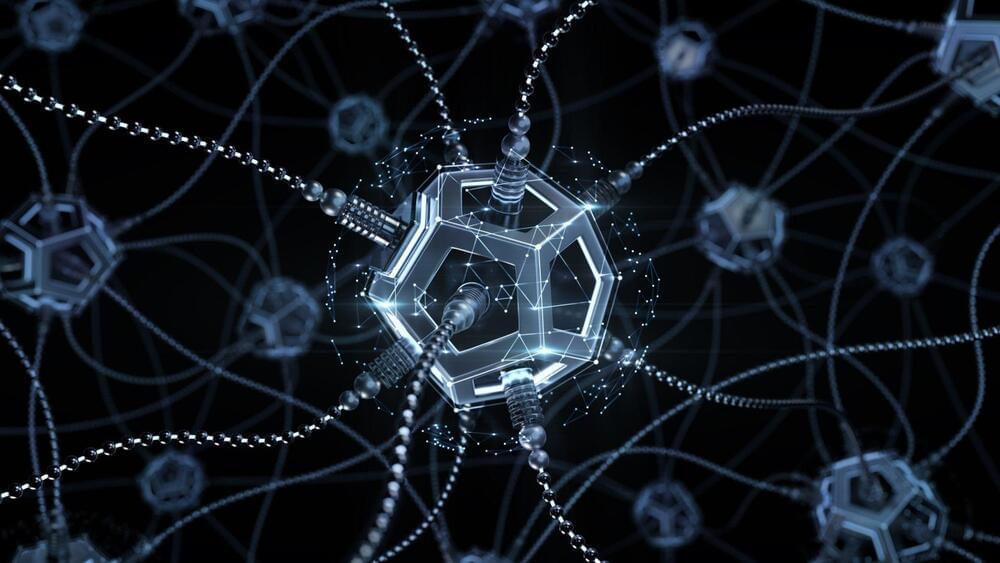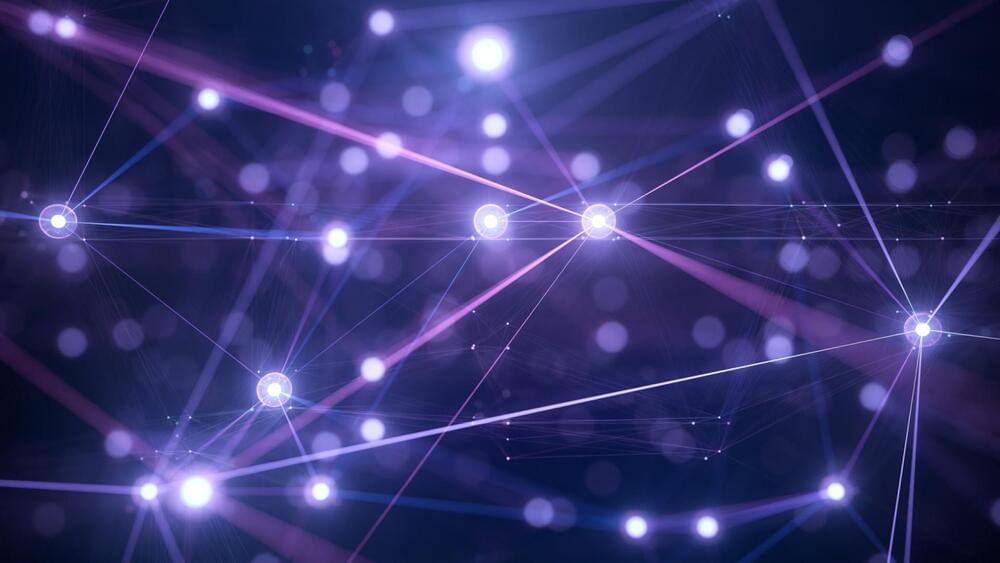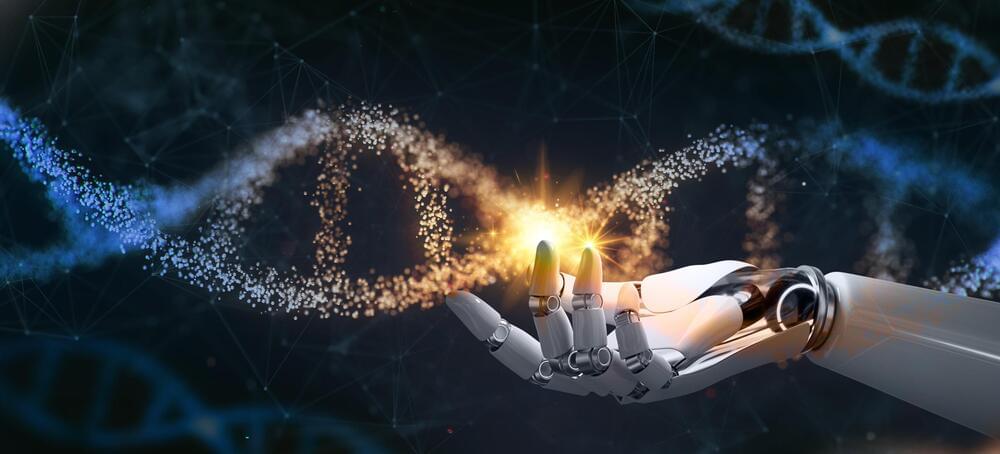Check out the on-demand sessions from the Low-Code/No-Code Summit to learn how to successfully innovate and achieve efficiency by upskilling and scaling citizen developers. Watch now.
When it comes to artificial intelligence (AI), the past year has been aspirational, but ultimately unsuccessful, says Athina Kanioura, who was named PepsiCo’s first chief strategy and transformation officer in September 2020. But she is optimistic about 2023.
“Think of how we started with the metaverse and the use of AI, suddenly it crumbled into pieces,” she told VentureBeat. “In AI, we tend to see what doesn’t work the first time, then we lose hope — but I think 2023 should be a year of hope and focus for AI.”








